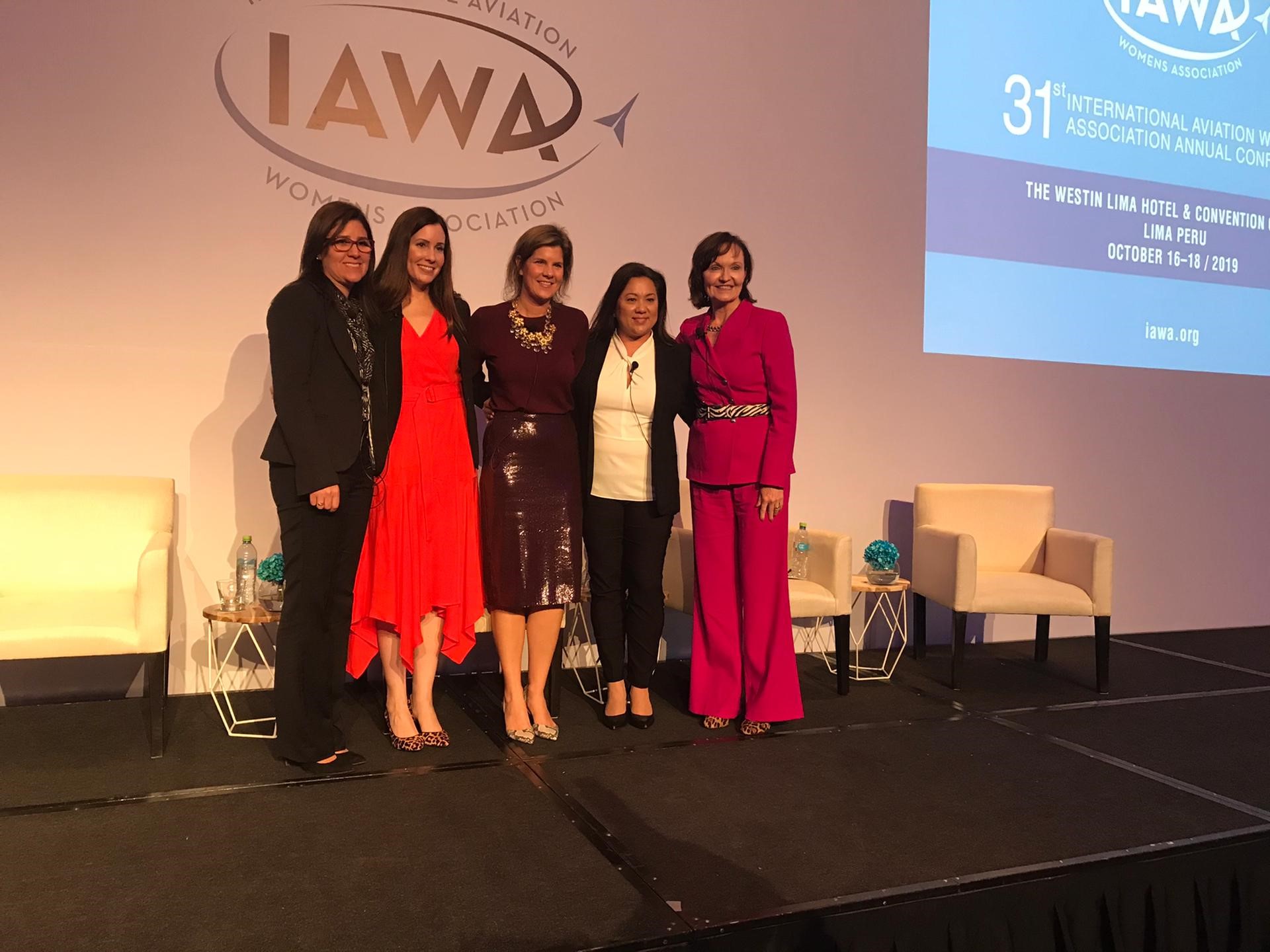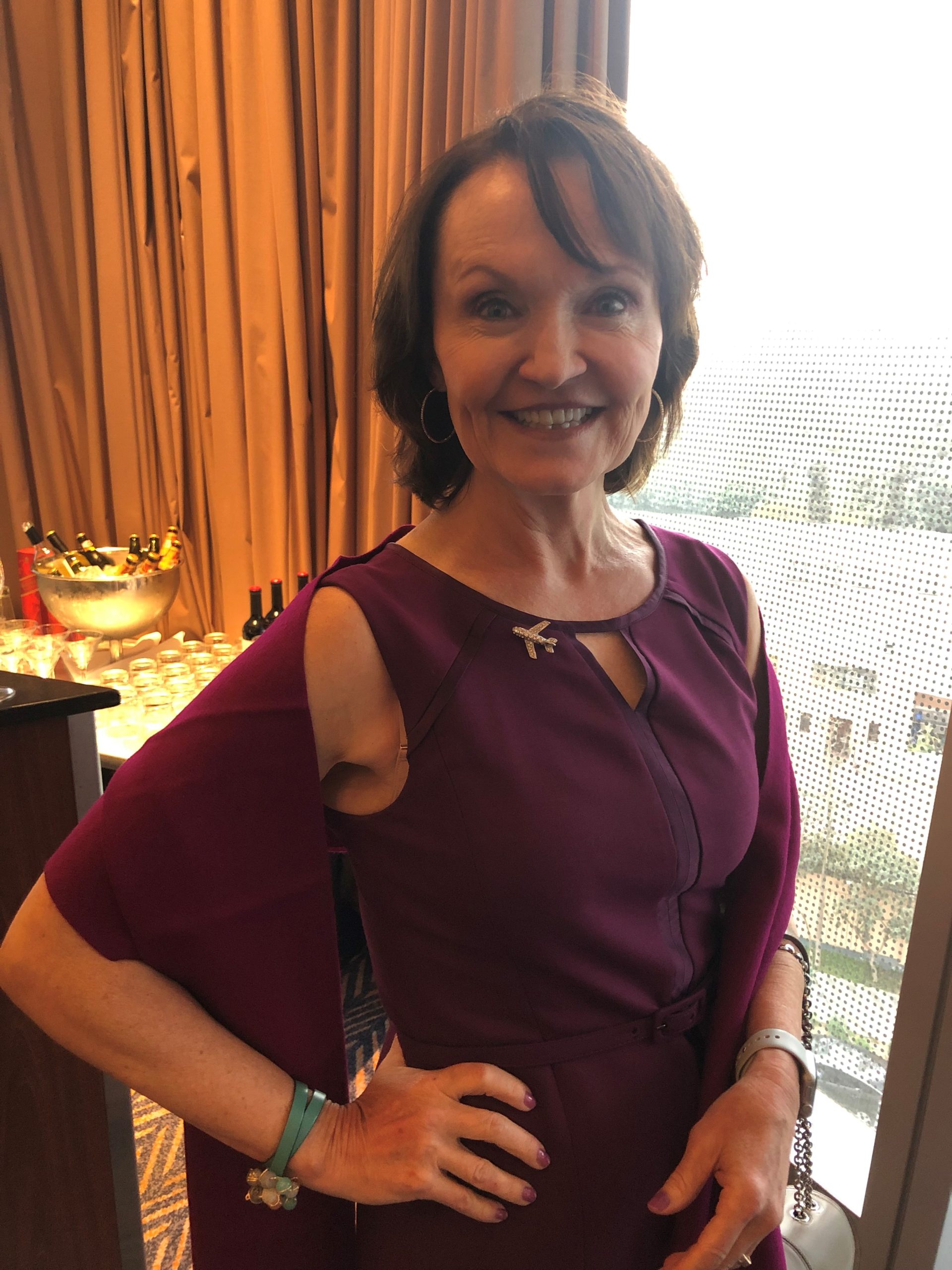By Jeff Peet, Managing Editor.
1.-What is the reality of the participation of women in the commercial aviation industry?
The number of women in aviation has remained stagnant or has decreased in most functional specialties since the 1980’s. That shocking statistic isn’t going to compel improvements in gender balance; nor will change happen solely because it’s the right thing to do. The aviation system and who participates in that system is a product of the system design. All elements of that system must shift to encourage girls and women to seek careers in aviation. Once in aviation, the systems that support employees must be adjusted to understand and account for the unique pressures and obligations of women. Until those responsible for making these shifts decide gender balance is important to the future of their organization, any improvement we see in the number of women in aviation specialties will continue to be at risk.
2.- What is IAWA’s greatest interest and/or concern in this regard?
IAWA’s mission is to support and advance women in aviation and aerospace. Our organization is obligated to amplify and expand the conversation around valuing women in our industry. That means providing thought leadership and awareness about situations that negatively pressure or exclude women. We also provide opportunities for women to develop their leadership skills and elevate their thinking. However, to be clear, our mission isn’t to ‘fix’ women. We are here to help women accomplish all they’re capable of while advocating for systemic changes that must happen for the sustainability of aviation.
3.- In what way have you been able to collaborate as an association in the resolution of the current crisis that the industry is going through, due to the pandemic?
IAWA has been uniquely positioned to strengthen gender balance conversations during COVID and the related downturn in commercial aviation. Because of our strong alignment with our IAWA Affiliates and our history of our ground-breaking aviation women study, Soaring Through the Glass Ceiling, we’ve impacted the industry on several important fronts. Prior to the pandemic, one of our Board members, Katherine Bennett, currently SVP at Airbus, co-founded the UK Women in Aviation & Aerospace Charter. This all-volunteer effort challenges aviation businesses to sign up for and commit to their own gender balance goals. They also commit to annual public accountability on their progress. During the pandemic, the UK WIAAC as amplified their messaging and outreach. Also, here in the U.S., the DOT/FAA launched the Women in Aviation Advisory Board the middle of last year. I have the privilege of serving on the Board along with fellow IAWA Board member, Rene Banglesdorf, and several other IAWA members. Our mission is to identify the elements that encourage and discourage women and girls from aviation. From this work we will provide recommendations to the U.S. Congress on the measures we believe will advance gender parity in the U.S. Both of these examples will provide a framework for change that other countries can emulate who are interested in strengthening their aviation sectors by welcoming a more diverse workforce.
4.- Have women been affected by the adjustment of costs and the reduction of resources?
There are many articles and studies that describe the pandemic’s disproportionate effect on women. Women end up working a double-shift when they have families. That burden was exacerbated during COVID as more parents were left to grapple with the impact of child care and schooling while meeting work obligations without the support network usually open to them. Because in most cultures, much of the child and home care burden falls to women, the pressure of that dual responsibility has been too much and many women have chosen to opt out of work. There is an on-going concern those women won’t return to the workforce, even when aviation demand increases. Flexibility in work schedules, where possible, and providing structural supports will prove to be significant advantages to those companies who recognize and choose to offset this discrepancy.
5.- Talks are taking place with governments to be able to cover costs, as a result of the decrease in operations and their almost paralysis since last year. In this context, how has IAWA been able to defend the role of women in the industry?
IAWA is partnering with Oliver Wyman to conduct Liftoff to Leadership, which is a study on women in aviation leadership positions. This survey of men and women launched in early 2021, has produced several insights on perspective about gender discrepancies and imbalances. The results will be provided to the U.S. WIAAB, where it will be incorporated into the accumulating data to support recommendations to the U.S. Congress. There is a strong expectation the Congress will take a ground-breaking leadership role in offsetting those imbalances through more focused support and advocacy for industry change.
6.- We have seen job losses and more have been predicted, both in terms of direct and indirect employment. Is it possible to determine what will be the degree of impact, in this sense, for women in aviation?
I do not think there is any way to predict the full impact of the Coronavirus pandemic on aviation women. No one predicted what we’ve gone through, that we’d be where we currently are, or that so many women would be compelled to leave their jobs. It is, however, important for governments and businesses to take action to stem the tide now, both because we need those trained and valuable industry resources and because our industry is better when it more fully represents its community.
7.- The health crisis that has affected commercial aviation has also hit hard on labor sustainability in the industry. Have you been able to recommend, as an association, measures so that the low participation of women in this area is not further reduced?
IAWA’s strongest recommendations will come out of the Liftoff to Leadership study. It’s critical to note there is a significant lack of data on women throughout our industry. While both Soaring Through the Glass Ceiling and the current Liftoff studies help to fill the void, there is much still unknown. It’s essential for our industry to recognize and deliberately move to fill that data gap.
8.- As an association, have you participated in any decision-making regarding measures that are being taken to face this health crisis and collaborate in its solution?
Our participation in the WIAAB and WIAAC demonstrate our collective efforts and thought leadership to compel decision makers.
9.- Until the beginning of last year, the industry envisioned a good outlook for its development. There was talk of consolidation, in the case of several companies. Today, expectations are very different and, as a result, growth prospects have been greatly reduced. What are the most palpable changes that have affected or could affect the participation of women in aviation in the future?
Interestingly, the innovation that will come out of this crisis might well help elevate women and their numbers for those companies who are agile and forward thinking. Because they will not be burdened by existing cultural norms and practices, it’s likely they will be better able to leverage their growth mindset to develop a diverse workforce.
10.- What vision can you provide in relation to what it will take for the industry to recover and what do you think should be the principles to overcome the current crisis that the industry is going through?
Like the opportunity presented in any crisis, there is a great need for visionary and transformative leaders to step forward and reimagine the future of aviation. Some technology initiatives previously under development are likely to accelerate and new market segments will open up. It’s been a very difficult year for everyone in our industry. However, aviation is critical in connecting the world. Our industry alone has both the joy and the responsibility to provide access in a way no other transportation industry can serve. It’s both a tremendous obligation and a unique possibility to impact people all around the globe.





